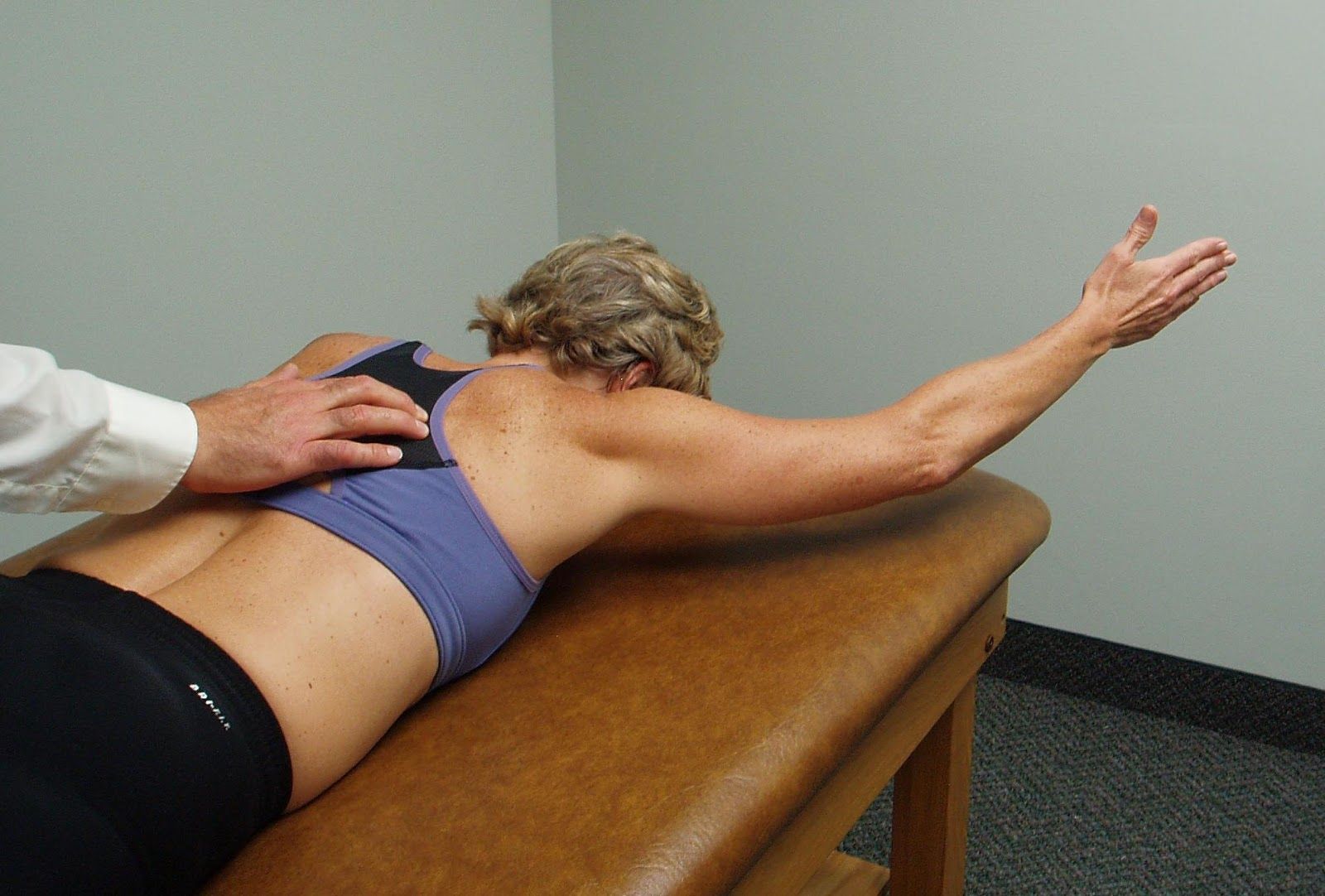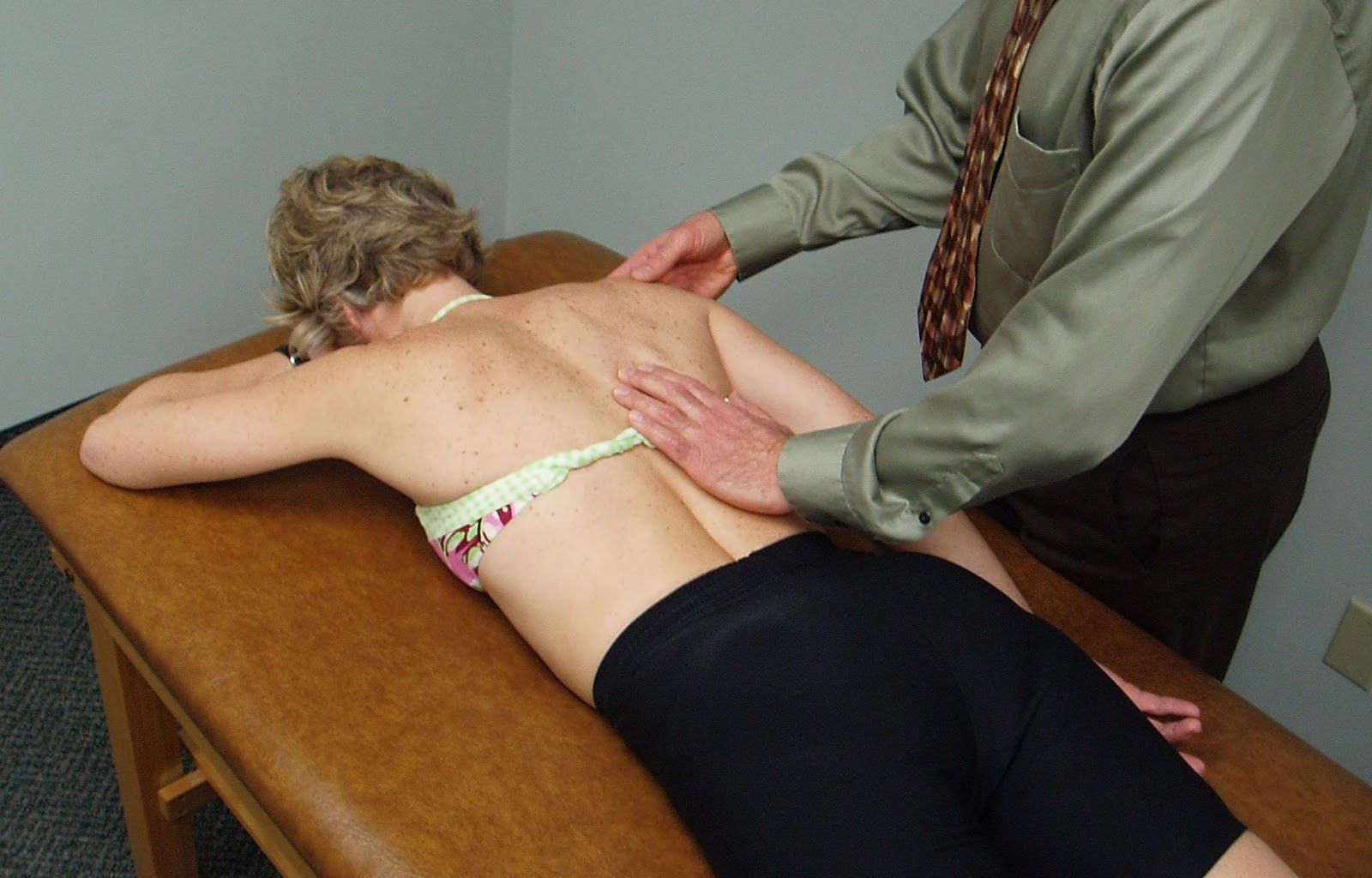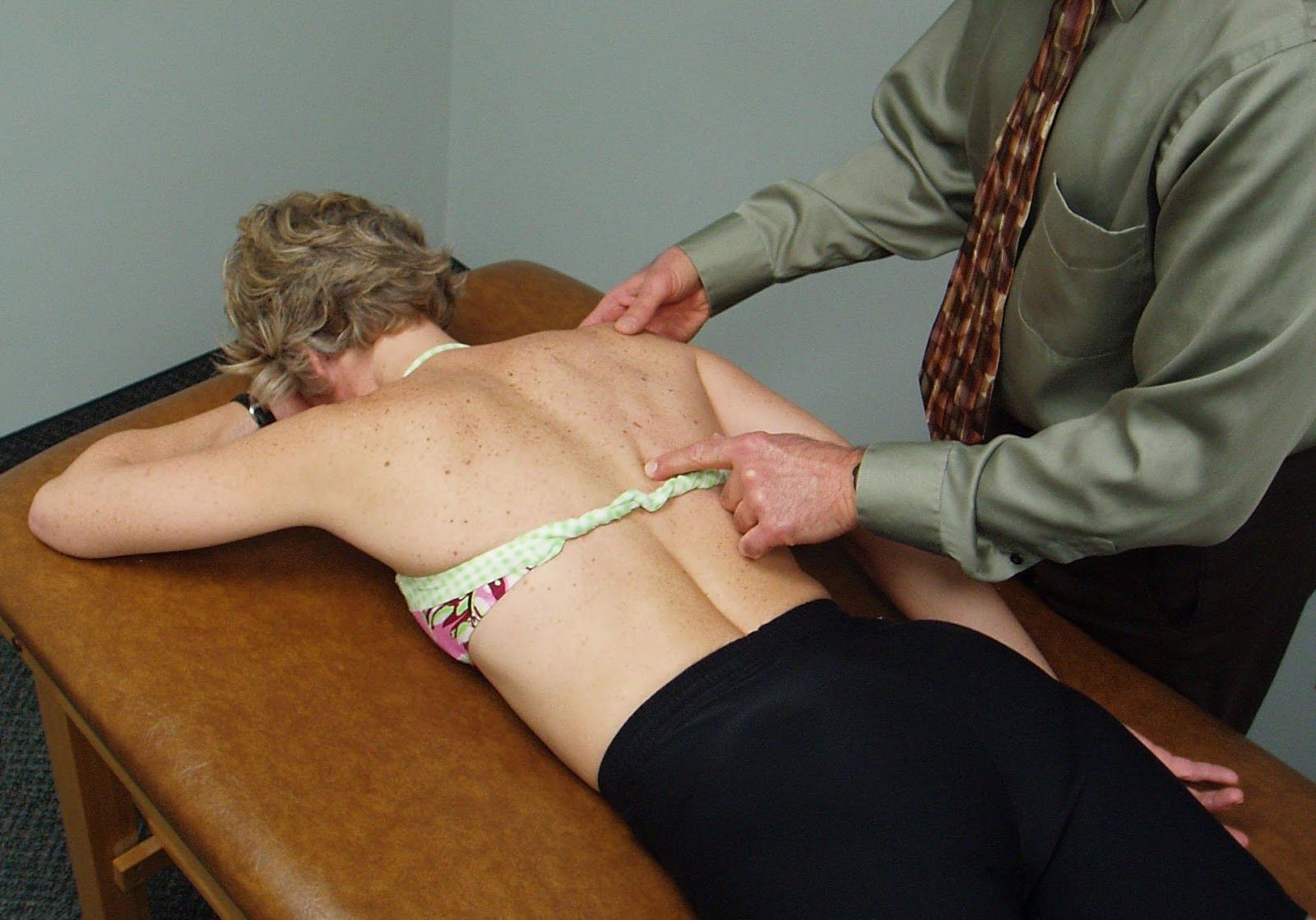Scapular Depression Test: A test of lower trapezius strength/recruitment
How to Perform
Scapular Depression: Lower Trapezius Activation
The patient is prone lying with the tested arm overhead and the arm abducted to 140º.
The patient lifts the arm off the table and the therapist palpates the lower trapezius for activation/tone.
An alternative test can be done in prone lying with the tested arm resting at the patient’s side.
The examiner lifts the patient’s shoulder off the table and asks the patient to hold the shoulder blade down and back to activate the lower trapezius.
Lower Trapezius Segmental Assessment:
- Therapist palpates for activation of the lower trapezius along its length of attachment from T6-12 and identifies an area where the muscle appears to be inhibited.
Interpretation and the most common dysfunctional patterns seen
The lower trapezius muscle normally contributes to a force couple, along with the serratus anterior, to upwardly rotate, externally rotate and posteriorly tilt the scapula during arm elevation.
Inhibition of the lower trapezius significantly decreases the scapular stability that is needed when raising the arm over the head resulting in elevation of the shoulder and scapular dyskinesis. The net result that often occurs is impingement of the shoulder and/or cervical strain/pain.
When the patient is asked to hold the scapula down and back they often will substitute by using the ipsilateral latissimus dorsi resulting in depression of the shoulder girdle rather than depression of the scapula. Overutilization of the latissimus dorsi also results in downward rather than upward rotation of the scapula.
Often a specific thoracic segmental level of inhibition can be identified by palpating along the length of the lower trapezius attachment to the spine from T6-12. It should be noted that the lower trapezius muscle not only receives its innervation from the spinal accessory nerve (Cranial Nerve 11) and C3,4, but we also believe it’s segmentally innervated by the dorsal primary rami found at each thoracic spinal segment to which the lower trapezius is attached.
Note that the lower trapezius not only contributes to mobility of the shoulder, but is also a thoracic spinal extensor. Consequently, studies have found that both mobilization and manipulation techniques to increase extension in the thoracic spine result in an increase in lower trapezius muscle strength, at least in the short term (Liebler et al., 2001 and Cleland et al., 2004). Clinically what we have found is that an FRS R dysfunction found anywhere from T6 thru T10 results in lower trapezius inhibition at the same segmental level as the FRS. Thus restoration of thoracic extension mobility and especially treating FRS dysfunctions needs to occur first before any attempt to “strengthen” the lower trapezius muscle is initiated.



